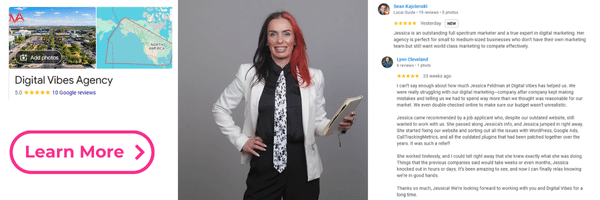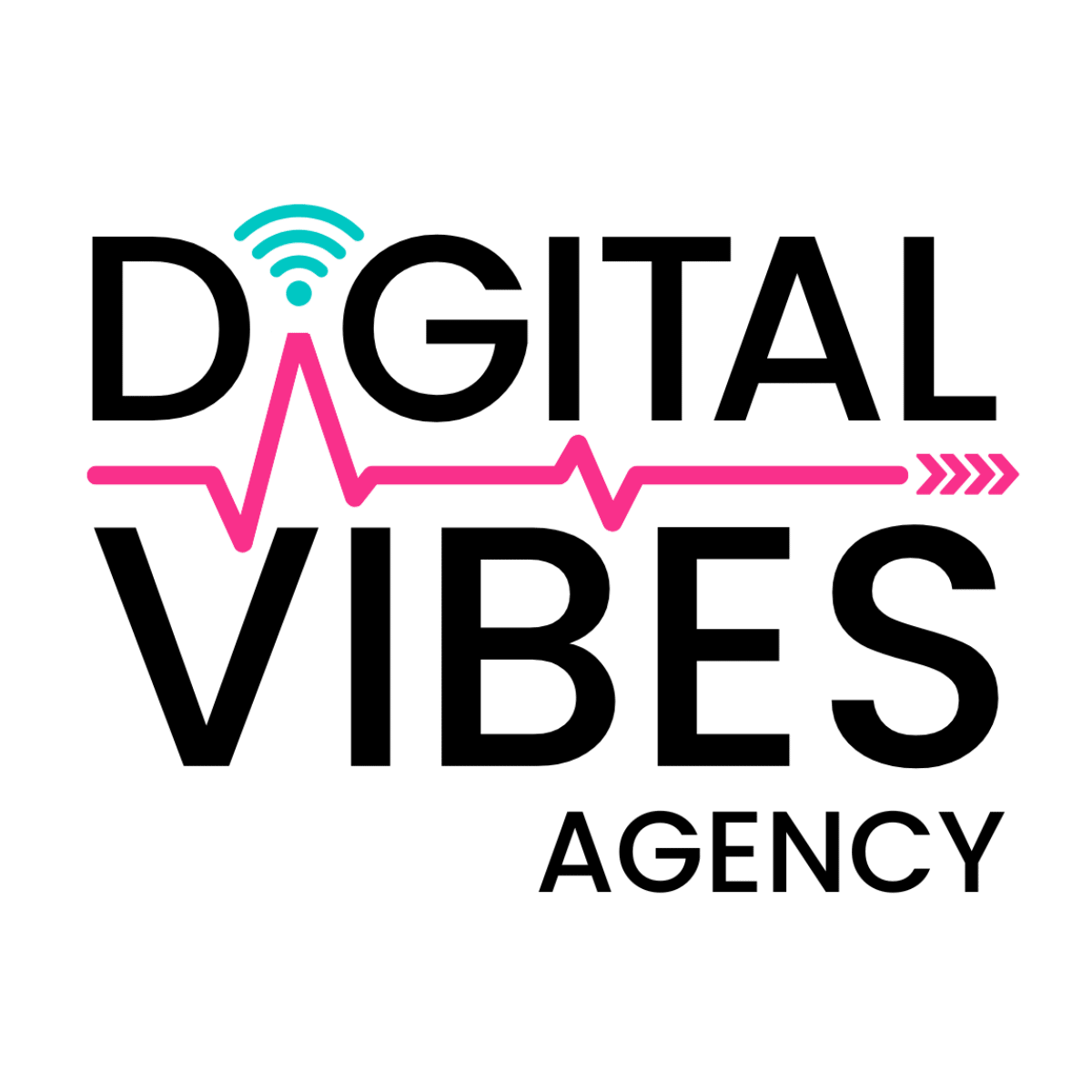Struggling to choose between long-term traffic or instant clicks? You’re not alone. When it comes to digital marketing, the SEO vs. PPC debate can be overwhelming. Both strategies aim to drive traffic and boost conversions—but they operate in very different ways. In this blog, we’ll break down the differences, benefits, and key factors to help you decide which approach is right for your business.
What is SEO?
SEO is a long-term digital marketing strategy focused on improving your website’s organic ranking on search engines like Google. It involves optimizing website content, technical aspects, and acquiring backlinks to improve visibility in search results. Here are the key components of SEO:
On-Page SEO
On-page SEO includes optimizing your website’s content, meta descriptions, title tags, images, and internal links to improve rankings. This process ensures that search engines can easily understand and index your content, increasing its chances of appearing in relevant search results.
Additionally, by improving user experience through high-quality content and strategic keyword placement, you enhance engagement and reduce bounce rates, further boosting your rankings.
Off-Page SEO
Off-page SEO focuses on building high-quality backlinks from other reputable websites, increasing your domain authority and credibility. The more authoritative websites link to your content, the more search engines recognize your site as a trustworthy source, leading to higher rankings.
Beyond backlinks, off-page SEO also includes brand mentions, guest blogging, and social media engagement, all of which contribute to a strong online presence.
Technical SEO
Technical SEO ensures that your website is properly structured for search engines. This includes improving website speed, fixing broken links, and ensuring mobile-friendliness, all of which contribute to a seamless user experience.
By optimizing website architecture, implementing structured data, and ensuring secure connections (HTTPS), technical SEO helps search engines crawl and index your website efficiently, ultimately improving rankings.
Benefits of SEO
Cost-Effective
SEO doesn’t require direct payments for traffic, making it a more budget-friendly marketing strategy in the long run.
While there are initial costs for content creation, technical optimization, and link building, these efforts continue to generate organic traffic without ongoing ad spend.
Compared to PPC, where costs accumulate with each click, SEO provides a sustainable way to attract visitors without constant financial investment.
Long-Lasting Results
Unlike PPC, which stops driving traffic once the ad budget runs out, SEO efforts continue to deliver results over time.
A well-optimized website can maintain high rankings for months or even years, consistently bringing in organic visitors.
As long as businesses keep up with algorithm updates and content improvements, SEO remains a valuable long-term asset.
Credibility and Trust
Higher organic rankings build customer trust and credibility, as users tend to trust websites that appear naturally at the top of search results.
Unlike PPC ads, which are clearly labeled as “sponsored,” organic results are perceived as more authoritative and reliable.
By consistently providing valuable content and a strong online presence, businesses can establish themselves as industry leaders, earning the trust of their audience.
What is PPC?
PPC is a paid digital marketing strategy where businesses bid on keywords to display their ads on search engines, social media, or other platforms. Google Ads is the most common PPC platform, allowing advertisers to pay per click rather than for impressions.
Types of PPC Ads
Search Ads
Search ads appear at the top of search engine results when users enter specific keywords related to a product or service.
These ads operate on a pay-per-click model, meaning businesses only pay when a user clicks on the ad.
Since they appear above organic search results, search ads provide immediate visibility and a high chance of capturing potential customers actively searching for solutions.
Display Ads
Display ads are visually engaging banner ads that appear on websites across the Google Display Network and other ad networks.
They target users based on their interests, browsing behavior, or previous interactions with a brand, making them effective for increasing brand awareness.
Unlike search ads, display ads are more focused on attracting potential customers who may not be actively searching but could still be interested in the product or service.
Social Media Ads
Social media ads are paid promotions that appear on platforms like Facebook, Instagram, LinkedIn, Twitter, and TikTok.
These ads use detailed audience targeting options, allowing businesses to reach users based on demographics, interests, behaviors, and even past interactions.
Social media ads are effective for increasing engagement, driving website traffic, and generating leads by reaching users in their preferred online environments.
Benefits of PPC
Instant Results
Unlike SEO, which can take months to build rankings, PPC campaigns generate traffic as soon as the ads go live.
This makes PPC an excellent option for businesses looking to drive immediate leads, especially for product launches or time-sensitive promotions.
By appearing at the top of search results or on targeted websites, PPC ensures that potential customers see your business instantly.
Precise Targeting
PPC allows businesses to target specific demographics, locations, and user behaviors, ensuring that ads reach the right audience.
Advertisers can refine their targeting based on factors like age, gender, interests, device type, and even previous website visits.
This level of precision reduces wasted ad spend and increases the likelihood of conversions from highly relevant users.
Full Control Over Budget
With PPC, advertisers have complete control over how much they spend daily, weekly, or monthly, making it a flexible option for businesses of all sizes.
Budgets can be adjusted at any time based on performance, ensuring that ad spend is optimized for maximum ROI.
Additionally, businesses only pay when users click on their ads, making PPC a cost-effective way to drive measurable traffic.

SEO vs. PPC: Key Differences
| Feature | SEO | PPC |
| Cost | Low-cost (organic) | Paid (per click) |
| Speed | Takes months to rank | Instant traffic |
| Sustainability | Long-term benefits | Short-term results |
| Click-Through Rate (CTR) | Higher trust factor | Lower trust due to “Ad” tag |
| Competition | High for competitive keywords | Can outbid competitors |
The Best Strategy? A Combination of Both
For many businesses, the best approach is to combine SEO and PPC for maximum impact. By using PPC to drive quick traffic while investing in SEO for long-term rankings, you create a well-rounded marketing strategy. Here’s how:
- Use PPC for quick keyword testing – Test high-converting keywords using PPC before committing to SEO efforts.
- Improve remarketing with SEO data – Use SEO insights to refine PPC campaigns and retarget visitors.
- Dominate search results – Having both PPC ads and organic listings increases visibility and credibility.
Final Recommendation: Partner with Experts
If you’re unsure about how to approach SEO vs. PPC, working with a professional digital marketing agency can help. At Digital Vibes Agency, we specialize in both SEO and PPC strategies, ensuring you get the best of both worlds. Our team of experts can create a customized marketing plan that aligns with your business goals, helping you maximize ROI and grow your online presence.
Whether you’re looking for long-term organic growth or immediate traffic through paid ads, Digital Vibes Agency has the expertise to drive real results. Contact us today to discover how we can help your business succeed in the ever-changing digital landscape!



